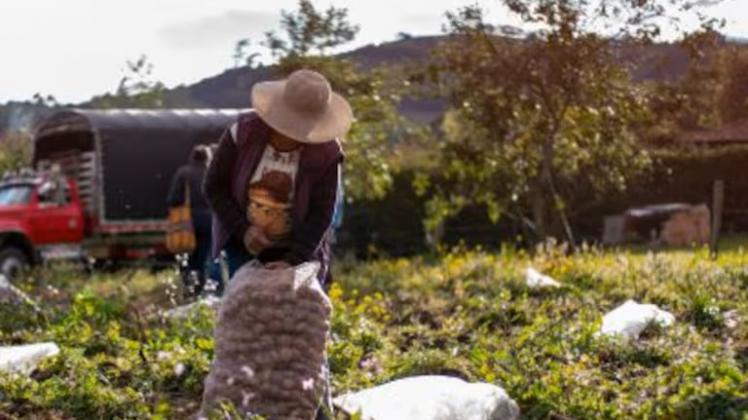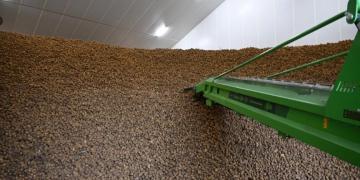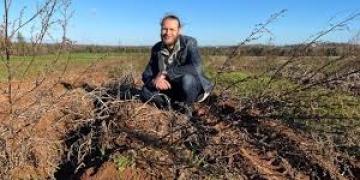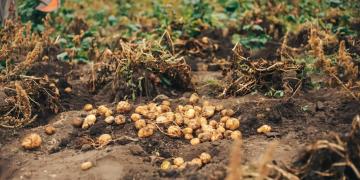Colombia: The crisis in the paper sector has led producers to take other paths
Potato producers are asking the national government for support to be able to grow their products.

Potato production in Boyacá is facing a deep crisis due to high production costs, lack of profitability and little help from the National Government. Factors such as the difficulty in finding labor, free trade agreements and the absence of irrigation districts have led many farmers to abandon cultivation and migrate to other economic activities, mainly milk production.
Despite a good harvest in 2024, farmers failed to make significant profits.
"Planting to lose is very difficult. All the effort and costs involved in growing potatoes do not leave any profit," said Plinio Hernández, president of Dignidad Agropecuaria.
In municipalities such as Siachoque, one of the main producers in the department, fewer and fewer farmers are dedicated to this crop, opting instead for livestock. On the other hand, government support has been practically non-existent in the last two years, according to farmers.
"The agricultural sector in Colombia has not received the help we expected. It is a never-ending struggle and farmers are leaving because they have not had the profitability they need and have had to take up other activities such as livestock farming," he says.
One of the factors that has affected the competitiveness of the sector is the import of processed potatoes, facilitated by free trade agreements. Meanwhile, local producers continue to market their harvest in the traditional way, packed in sacks, which puts them at a disadvantage compared to imported products.
Another obstacle is the lack of infrastructure to deal with climate change. The absence of irrigation districts forces farmers to depend exclusively on rainfall, delaying planting and generating losses when everyone harvests at the same time.
"Technology is key, but the government does not facilitate the construction of irrigation districts. Without concessions for these projects, the countryside remains abandoned," says Hernández.
Faced with the crisis in the paper sector, many farmers have opted for milk production, even though its profitability is also low. In Siachoque, production has gone from 13,000 to 25,000 liters per day, reflecting the change in the economic activity of the region.
Despite this transformation, producers insist that Colombian agriculture remains in a critical situation and that the authorities have ignored its needs.
“Governments seem to come with the intention of helping, but the reality in the countryside remains the same,” he concludes.
Fuente:




